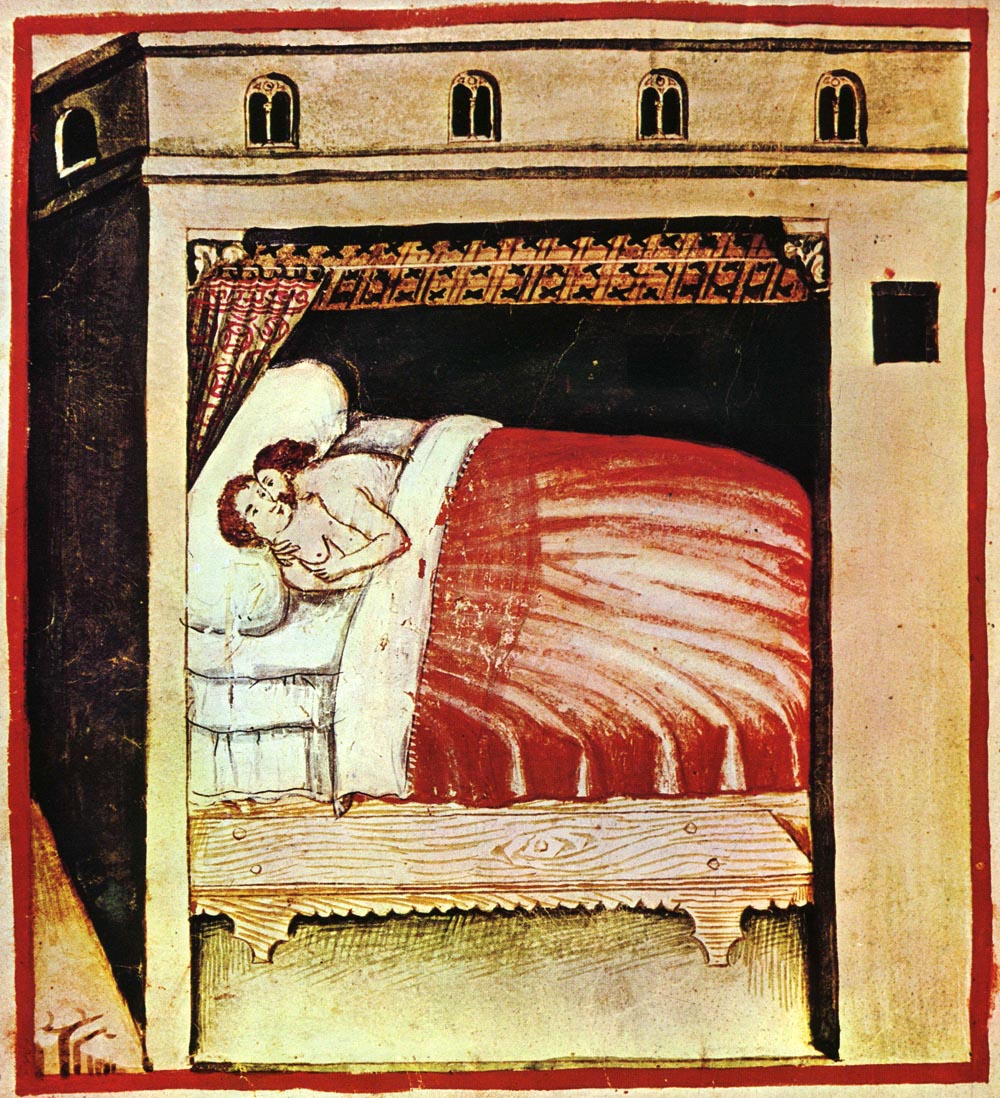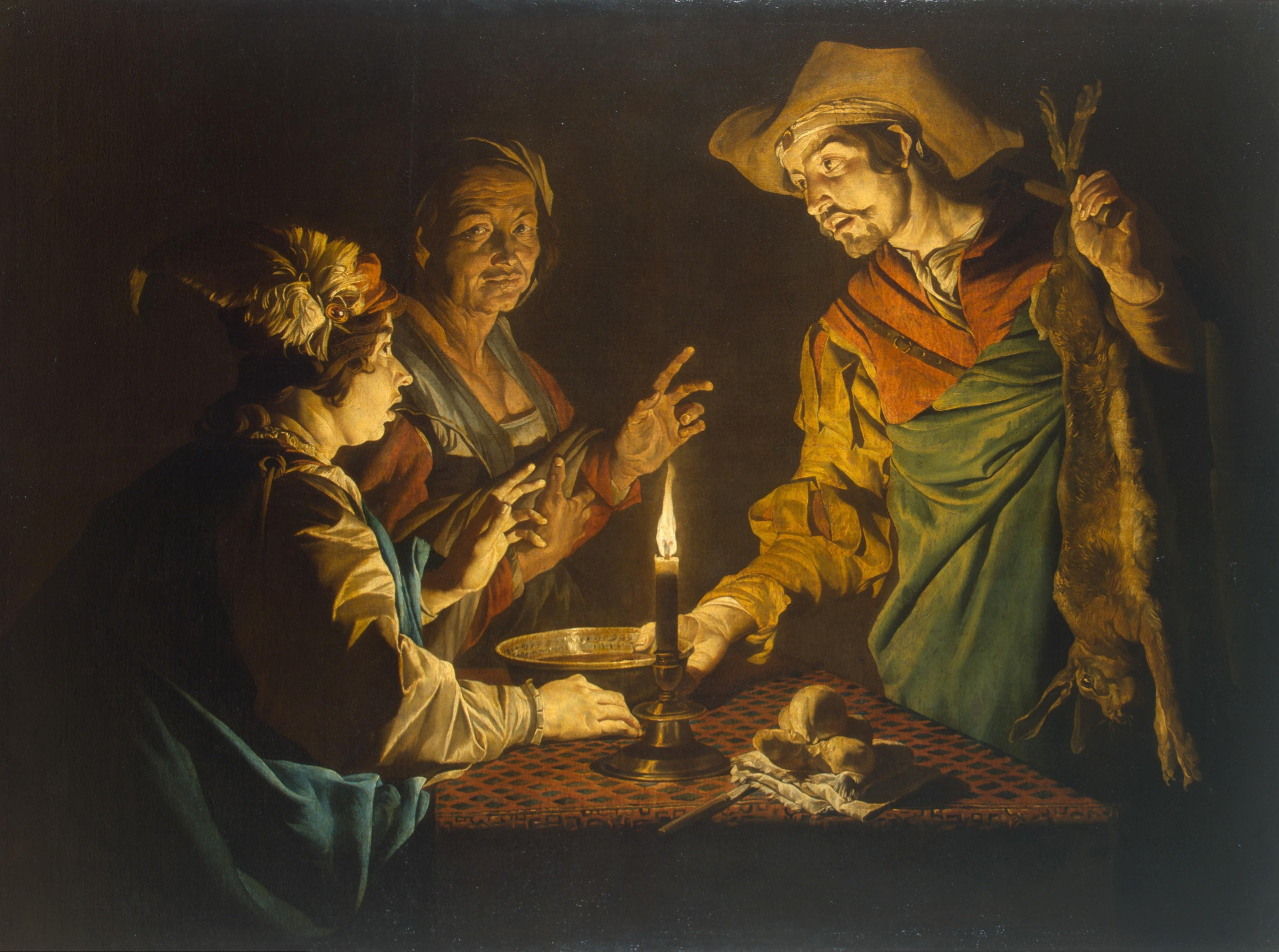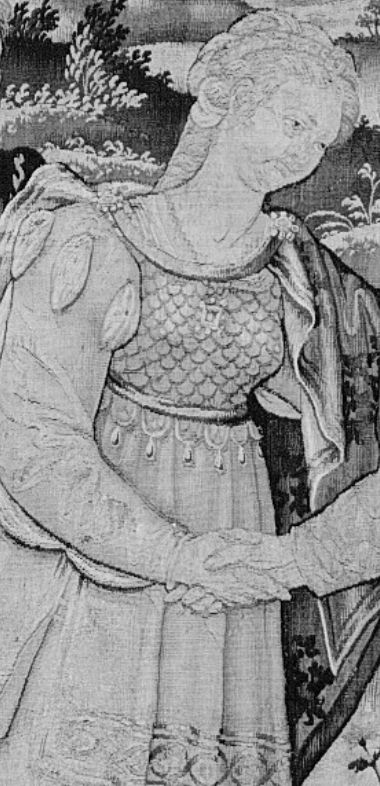|
The Red Tent (miniseries)
''The Red Tent'' is an American television miniseries produced by Paula Weinstein and directed by Roger Young. The first two-hour episode premiered on Lifetime on December 7, 2014; the second and final episode aired the next day. The series is based on the best-selling novel of the same name by Anita Diamant.About ''The Red Tent'' at MyLifetime.com Plot It is the time of the Old Testament patriarchs of the . , the only daughter of |
Docudrama
Docudrama (or documentary drama) is a genre of television and film, which features dramatized re-enactments of actual events. It is described as a hybrid of documentary and drama and "a fact-based representation of real event". Docudramas typically strive to adhere to known historical facts, while allowing some degree of dramatic license in peripheral details, such as when there are gaps in the historical record. Dialogue may, or may not, include the actual words of real-life people, as recorded in historical documents. Docudrama producers sometimes choose to film their reconstructed events in the actual locations in which the historical events occurred. A docudrama, in which historical fidelity is the keynote, is generally distinguished from a film merely " based on true events", a term which implies a greater degree of dramatic license; and from the concept of "historical drama", a broader category which may also encompass entirely fictionalized action taking place in histor ... [...More Info...] [...Related Items...] OR: [Wikipedia] [Google] [Baidu] |
Book Of Genesis
The Book of Genesis (from Greek ; Hebrew: בְּרֵאשִׁית ''Bəreʾšīt'', "In hebeginning") is the first book of the Hebrew Bible and the Christian Old Testament. Its Hebrew name is the same as its first word, ( "In the beginning"). Genesis is an account of the creation of the world, the early history of humanity, and of Israel's ancestors and the origins of the Jewish people. Tradition credits Moses as the author of Genesis, as well as the books of Exodus, Leviticus, Numbers and most of Deuteronomy; however, modern scholars, especially from the 19th century onward, place the books' authorship in the 6th and 5th centuries BC, hundreds of years after Moses is supposed to have lived.Davies (1998), p. 37 Based on scientific interpretation of archaeological, genetic, and linguistic evidence, most scholars consider Genesis to be primarily mythological rather than historical. It is divisible into two parts, the primeval history (chapters 1–11) and the ancestr ... [...More Info...] [...Related Items...] OR: [Wikipedia] [Google] [Baidu] |
Consummation
In many traditions and statutes of civil or religious law, the consummation of a marriage, often called simply ''consummation'', is the first (or first officially credited) act of sexual intercourse between two people, following their marriage to each other. The definition of consummation usually refers to penile-vaginal sexual penetration, but some religious doctrines hold that there is an additional requirement that no contraception must be used. The religious, cultural, or legal significance of consummation may arise from theories of marriage as having the purpose of producing legally recognized descendants of the partners, or of providing sanction to their sexual acts together, or both, and its absence may amount to treating a marriage ''ceremony'' as falling short of ''completing'' the state of being married, or as creating a marriage which may later be repudiated. Thus in some legal systems a marriage may be annulled if it has not been consummated. Consummation is also rele ... [...More Info...] [...Related Items...] OR: [Wikipedia] [Google] [Baidu] |
Cousin Marriage
A cousin marriage is a marriage where the spouses are cousins (i.e. people with common grandparents or people who share other fairly recent ancestors). The practice was common in earlier times, and continues to be common in some societies today, though in some jurisdictions such marriages are prohibited. Worldwide, more than 10% of marriages are between first or second cousins. Cousin marriage is an important topic in anthropology and alliance theory. In some cultures and communities, cousin marriages are considered ideal and are actively encouraged and expected; in others, they are seen as incestuous and are subject to social stigma and taboo. Cousin marriage was historically practiced by indigenous cultures in Australia, North America, South America, and Polynesia. In some jurisdictions, cousin marriage is legally prohibited: for example, in mainland China, Taiwan, North Korea, South Korea, the Philippines and 24 of the 50 United States. The laws of many jurisdictions se ... [...More Info...] [...Related Items...] OR: [Wikipedia] [Google] [Baidu] |
Love At First Sight
Love at first sight is a personal experience as well as a common trope in literature: a person or character feels an instant, extreme, and ultimately long-lasting romantic attraction for a stranger upon first seeing that stranger. Described by poets and critics since the emergence of ancient Greece, falling in love at first sight has become a common theme in Western fiction. Historical conceptions Greek In the classical world, the phenomenon of "love at first sight" was understood within the context of a more general conception of passionate love, a kind of madness or, as the Greeks put it, ''theia mania'' ("madness from the gods"). This love passion was described through an elaborate metaphoric and mythological psychological effect involving "love's arrows" or "love darts," the source of which was often given as the mythological Eros or Cupid, sometimes by other mythological deities (such as Rumor). At times, the source of the arrows was said to be the image of the beautiful lo ... [...More Info...] [...Related Items...] OR: [Wikipedia] [Google] [Baidu] |
Esau
Esau ''Ēsaû''; la, Hesau, Esau; ar, عِيسَوْ ''‘Īsaw''; meaning "hairy"Easton, M. ''Illustrated Bible Dictionary'', (, , 2006, p. 236 or "rough".Mandel, D. ''The Ultimate Who's Who in the Bible'', (.), 2007, p. 175 is the elder son of Isaac in the Hebrew Bible. He is mentioned in the Book of Genesis and by the prophets Obadiah and Malachi. The Christian New Testament alludes to him in the Epistle to the Romans and in the Epistle to the Hebrews. According to the Hebrew Bible, Esau is the progenitor of the Edomites and the elder brother of Jacob, the patriarch of the Israelites.Metzger & Coogan (1993). ''Oxford Companion to the Bible'', pp. 191–92. Jacob and Esau were the sons of Isaac and Rebecca, and the grandsons of Abraham and Sarah. Of the twins, Esau was the first to be born with Jacob following, holding his heel. Isaac was sixty years old when the boys were born. Esau, a "man of the field", became a hunter who had "rough" qualities that distinguished him fr ... [...More Info...] [...Related Items...] OR: [Wikipedia] [Google] [Baidu] |
Laban (Bible)
Laban (Aramaic: ܠܵܒܵܢ; ), also known as Laban the Aramean, is a figure in the Book of Genesis of the Hebrew Bible. He was the brother of Rebekah, who married Isaac and bore Jacob. Laban welcomed his nephew, and set him the stipulation of seven years' labour before he permitted him to marry his daughter Rachel. Laban tricked Jacob into marrying his elder daughter Leah instead. Jacob then took Rachel as his second wife, on condition of serving an additional seven years' labour. Laban and his family were described as dwelling in Paddan Aram, in Mesopotamia. Though the biblical text itself does not attest to this, rabbinic sources also identify him as the father of Bilhah and Zilpah, the two concubines with whom Jacob also has children (''Midrash Rabba'', Gen. 24). Narrative Laban first appears in the Hebrew Bible in as the grown spokesman for his father Bethuel's house; he was impressed by the gold jewelry given to his sister on behalf of Isaac, and played a key part in ar ... [...More Info...] [...Related Items...] OR: [Wikipedia] [Google] [Baidu] |
Inanna
Inanna, also sux, 𒀭𒊩𒌆𒀭𒈾, nin-an-na, label=none is an List of Mesopotamian deities, ancient Mesopotamian goddess of love, war, and fertility. She is also associated with beauty, sex, Divine law, divine justice, and political power. She was originally worshiped in Sumer under the name "Inanna", and later by the Akkadian Empire, Akkadians, Babylonian religion, Babylonians, and Assyrians under the name Ishtar, (occasionally represented by the logogram ). She was known as the "Queen of heaven (antiquity), Queen of Heaven" and was the patron goddess of the Eanna temple at the city of Uruk, which was her main Cult (religious practice), cult center. She was associated with the planet Venus and her most prominent symbols included the Lion of Babylon, lion and the Star of Ishtar, eight-pointed star. Her husband was the god Dumuzid (later known as Tammuz) and her , or personal attendant, was the goddess Ninshubur (who later became conflated with the male deities Ilabrat ... [...More Info...] [...Related Items...] OR: [Wikipedia] [Google] [Baidu] |
Culture And Menstruation
There are many cultural aspects surrounding how societies view menstruation. Different cultures view menstruation in different ways. The basis of many conduct norms and communication about menstruation in western industrial societies is the belief that menstruation should remain hidden. By contrast, in some hunter-gatherer societies, menstrual observances are viewed in a positive light, without any connotation of uncleanness. A menstrual taboo is any social taboo concerned with menstruation. In some societies it involves menstruation being perceived as unclean or embarrassing, inhibiting even the mention of menstruation whether in public (in the media and advertising) or in private (among friends, in the household, or with men). Many traditional religions consider menstruation ritually unclean, although anthropologists say that the concepts 'sacred' and 'unclean' may be intimately connected. Mythology The terms "menstruation" and "menses" are derived from the Latin ''mensis'' ... [...More Info...] [...Related Items...] OR: [Wikipedia] [Google] [Baidu] |
Zilpah
In the Book of Genesis, Zilpah ( he, ''Zīlpā'', meaning uncertain) was Leah's handmaid, presumed slave,In Context whom Leah gave to Jacob like a wife to bear him children (). Zilpah gave birth to two sons, whom Leah claimed as her own and named Gad and Asher (). Zilpah is given to Leah as a handmaid by Leah's father, Laban, upon Leah's marriage to Jacob (see , ). According to the early rabbinical commentary Pirke De-Rabbi Eliezer, Zilpah and Bilhah, the handmaids of Leah and Rachel, respectively, were actually younger daughters of Laban. Zilpah also figures in the competition between Jacob's wives to bear him sons. Leah stops conceiving after the birth of her fourth son, at which point Rachel, who had not yet borne children, offers her handmaid, Bilhah, to Jacob like a wife in order to have children through her. When Bilhah conceives two sons, Leah takes up the same idea and presents Zilpah to Jacob so she can have children through her. Leah names the two sons of Zilpah and ... [...More Info...] [...Related Items...] OR: [Wikipedia] [Google] [Baidu] |
Bilhah
Bilhah ( "unworried", Standard Hebrew: ''Bīlha'', Tiberian Hebrew: ''Bīlhā'') is a woman mentioned in the Book of Genesis.For the etymology, see describes her as Laban's handmaid, who was given to Rachel to be her handmaid on Rachel's marriage to Jacob. When Rachel failed to have children, Rachel gave Bilhah to Jacob like a wife to bear him children. Bilhah gave birth to two sons, whom Rachel claimed as her own and named Dan and Naphtali. expressly calls Bilhah Jacob's concubine, a ''pilegesh''. When Leah saw that she had stopped having children, she took her servant Zilpah and gave her to Jacob like a wife to bear him children as well. The apocryphal Testament of Naftali says that Bilhah and Zilpah's father was named Rotheus. He was taken into captivity but redeemed by Laban, Rachel and Leah's father. Laban gave Rotheus a wife named Euna, who was the girl's mother. On the other hand, the early rabbinical commentary Pirke De-Rabbi Eliezer and other Rabbinic sources (Midras ... [...More Info...] [...Related Items...] OR: [Wikipedia] [Google] [Baidu] |
Rachel
Rachel () was a Biblical figure, the favorite of Jacob's two wives, and the mother of Joseph and Benjamin, two of the twelve progenitors of the tribes of Israel. Rachel's father was Laban. Her older sister was Leah, Jacob's first wife. Her aunt Rebecca was Jacob's mother. After Leah conceived again, Rachel was finally blessed with a son, Joseph, who would become Jacob's favorite child. Children Rachel's son Joseph was destined to be the leader of Israel's tribes between exile and nationhood. This role is exemplified in the Biblical story of Joseph, who prepared the way in Egypt for his family's exile there. After Joseph's birth, Jacob decided to return to the land of Canaan with his family. Fearing that Laban would deter him, he fled with his two wives, Leah and Rachel, and twelve children without informing his father-in-law. Laban pursued him and accused him of stealing his idols. Indeed, Rachel had taken her father's idols, hidden them inside her camel's seat cushion, an ... [...More Info...] [...Related Items...] OR: [Wikipedia] [Google] [Baidu] |







